Cloud computing over the years has gained most of its popularity due to its rising infrastructure solutions that are cost-effective, provides ease of deployment, and maintains flexible resources consumption. Though for enterprises that have critical business applications in the legacy environment, the public cloud might not satisfy the requirement of bringing critical business applications. That’s why enterprises that seek to have improved control over the application resources they will look for bringing their workloads back on-premises for certain scenarios. Eighty percent of respondents to a recent IDC survey have decided to bring their application stored on a public cloud environment back in the public cloud environment. On average enterprises are expecting to move their 50 percent of their public cloud applications to hosted private cloud network or on-premises locations over the course of the next two years, according to the IDC. One of the top reasons many of the enterprises are seeking to move to more controlled infrastructure 19 percent of the respondents added that security as an issue, 14 percent cited performance, 12 percent cited cost, 12 percent cited control issues, and 11 percent added that centralized or reduce shadow IT solutions.
The change from cloud to on-premises isn’t added need to reduce the use of cloud it tells how the market for cloud is performing, the maturing market, and the experience of cloud users. Now that cloud has been an option for computing for various technology and industry experts around the world; these experts haven’t been rushing in to cloud with all the applications they try to develop. The maturity in cloud benefits with developing the right use cases and computing solutions aren’t the right fit for certain application. Computing options are not limited to just certain types of solutions such on-premises data center or cloud; IT organizations have the required infrastructure that can do both in 2019, the technology and tools can enable advanced management, and composition between public and private clouds are more readily available. Hybrid is a new normal; every major public cloud vendor has acknowledged proving experience that not all workloads are situated for going to work in the cloud. Ajay Patel, Senior Vice President, and general manager at VMware cloud services division, added that customers had reached a complete maturity stage wherein they know that not all workload will make sense on the public cloud. It’s less about the public and private more about the pragmatic experience.
Getting application first and were on the cloud?
Enterprise IT teams around the world are considering the best use of cloud solutions when it comes to satisfying the enterprise application needs. Several factors are considered during cloud solution adoption from budget spending to data privacy to mobile application accessibility and resources consumption will drive the decisions of where to locate an application when considering cloud as a complete computing solution. All the above factor contribute excessively towards the growing adoption for hybrid cloud, that is a mix of on-premises, private, cloud and third party along with public cloud services with combined solutions offering that includes two platforms. According to the Enterprise Cloud Index, Research Conducted by Vanson Bourne on behalf of cloud vendor Nutanix said that enterprises have started getting with an application first approach to their cloud deployment and plans. Using an application first approach, enterprises will set up their application to run on complete infrastructure that is the most economically appropriate location. The location will be based mostly on the predictability of the complete workload.
IT teams over the last ten years have lived in a dynamic environment; they are tasked to think mobile first, cloud first and now application first. It completely makes sense as the application has been driving most of the businesses revenue bottom line, and the strategy should support the apps to optimize performance. It also gives an overview for the businesses that enterprise that has been using cloud solutions are maturing and cloud consumers are getting smarter. That is also making the apps that will need on-premises support and benefit most from the public cloud. Cloud makes more sense when you need to add computing resources relatively quickly or cheaply. For established companies, on-premises solutions make more sense, as security and network bandwidth are often reasons to stay on-premise. The functionality of the application and immediate control of fulfilling requests is critical when looking for consideration for IT managers deciding where to best locate the application resources. Looking at the traditional business solutions that more static, private cloud seemingly looks to be more efficient. There is no reason to move those applications as the transactional, high-performance applications that run for the businesses are running in a private cloud or re-platformed back. Applications are targeted at more specific initiatives that are more short-lived, bursting up, and down-cloud is much more native in those situations.
Cost Saver?
Cloud has been portrayed to assist the businesses in a less expensive resources option than rolling a complete resourced data center. But as the enterprise look in the cloud deployment, they report that they aren’t always spending less money or being more cost-efficient. Only 6 percent of the organizations that are using public cloud services have reported that they are either lower or within the budget, while 35 percent of them reported that they have overspent exceeding the planned budgets. Not being able to predict the potential cost of cloud deployments could be one of the reasons driving the enterprises towards on-premises solutions. Cost is a strong driver for both Collocation and public cloud solutions; it gives a complete situational knowledge wherein customer cost experience is variable. Collocation is more predictable costs per month is an advantage driving 39 percent of customers out from the public cloud.
Conclusion
The rise of edge computing, location computing resources closer to devices where they are being used could be another reason that companies are opting of cloud deployments. It reduces the bandwidth costs of the businesses, as applications and processing associated with cloud are consuming bandwidth that cloud adopters didn’t factor into the complete budget. Cloud solutions offer improved resource utilization, but it brings the added cost of the network, infrastructure, and maintenance; also all applications aren’t devised to be on the cloud.
To know more, you can download our latest whitepapers on cloud solutions.



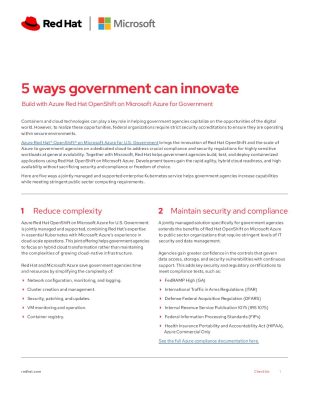





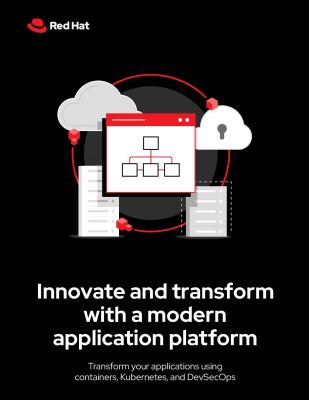
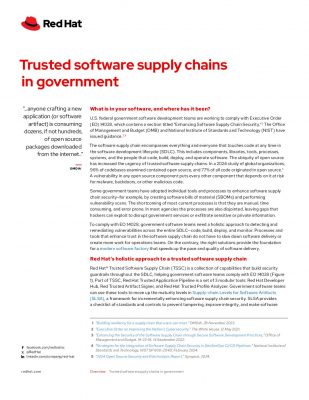
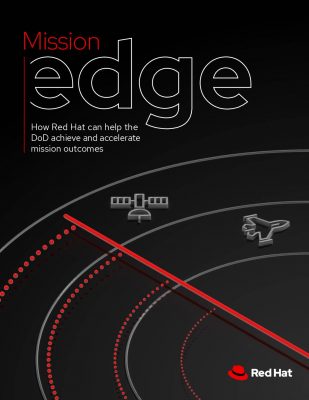


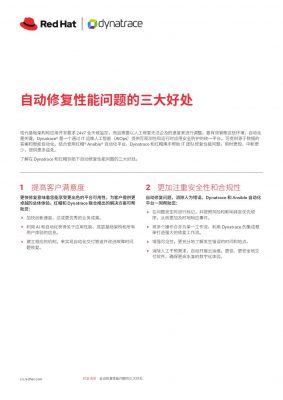
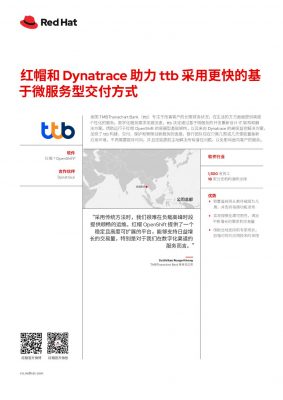

















































![[Things to Know] Before Selecting Cloud Solutions](https://d2qt3hjxf3fk7j.cloudfront.net/wp-content/uploads/2020/02/13083906/Cloud-Solution-400x247.jpg)
